EAT119 - Electrical and Electronic Principles: Sensor & Logic
VerifiedAdded on 2023/06/09
|6
|737
|256
Homework Assignment
AI Summary
This assignment solution covers electrical and electronic principles, focusing on sensor circuit and logic design. Task A involves designing an Op-Amp sensor circuit, calculating voltage division, and modeling resistors using E12 series components. Task B addresses logic design, specifically addressing a water level monitoring system and creating a Boolean expression and truth table for a faulty condition. Task C focuses on an A.C. load supply, calculating the required base resistor value for an NPN transistor to operate in saturation and explaining the function of a diode connected anti-paralleled to a relay coil. Desklib offers a wide range of solved assignments and study resources for students.
1 out of 6
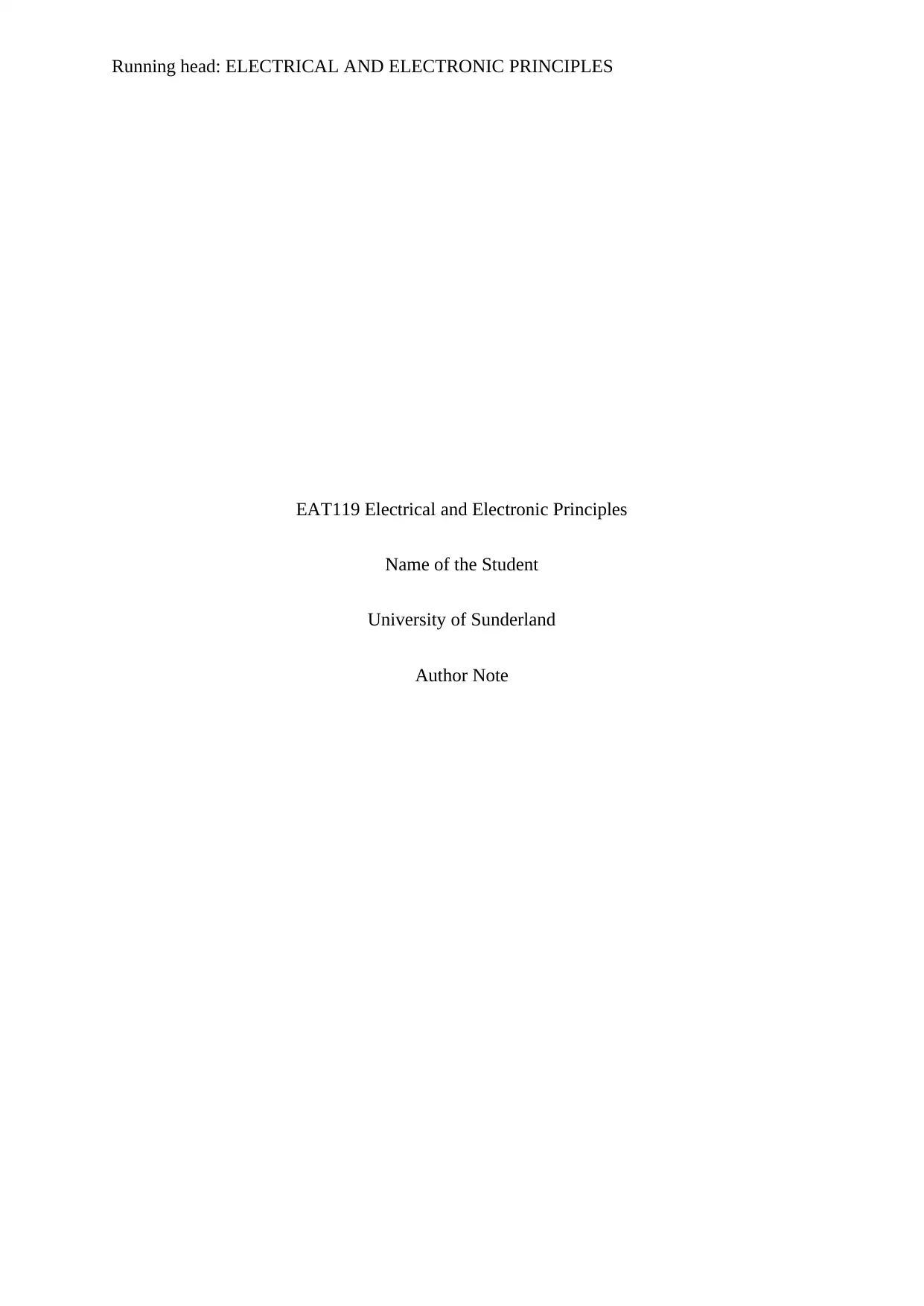
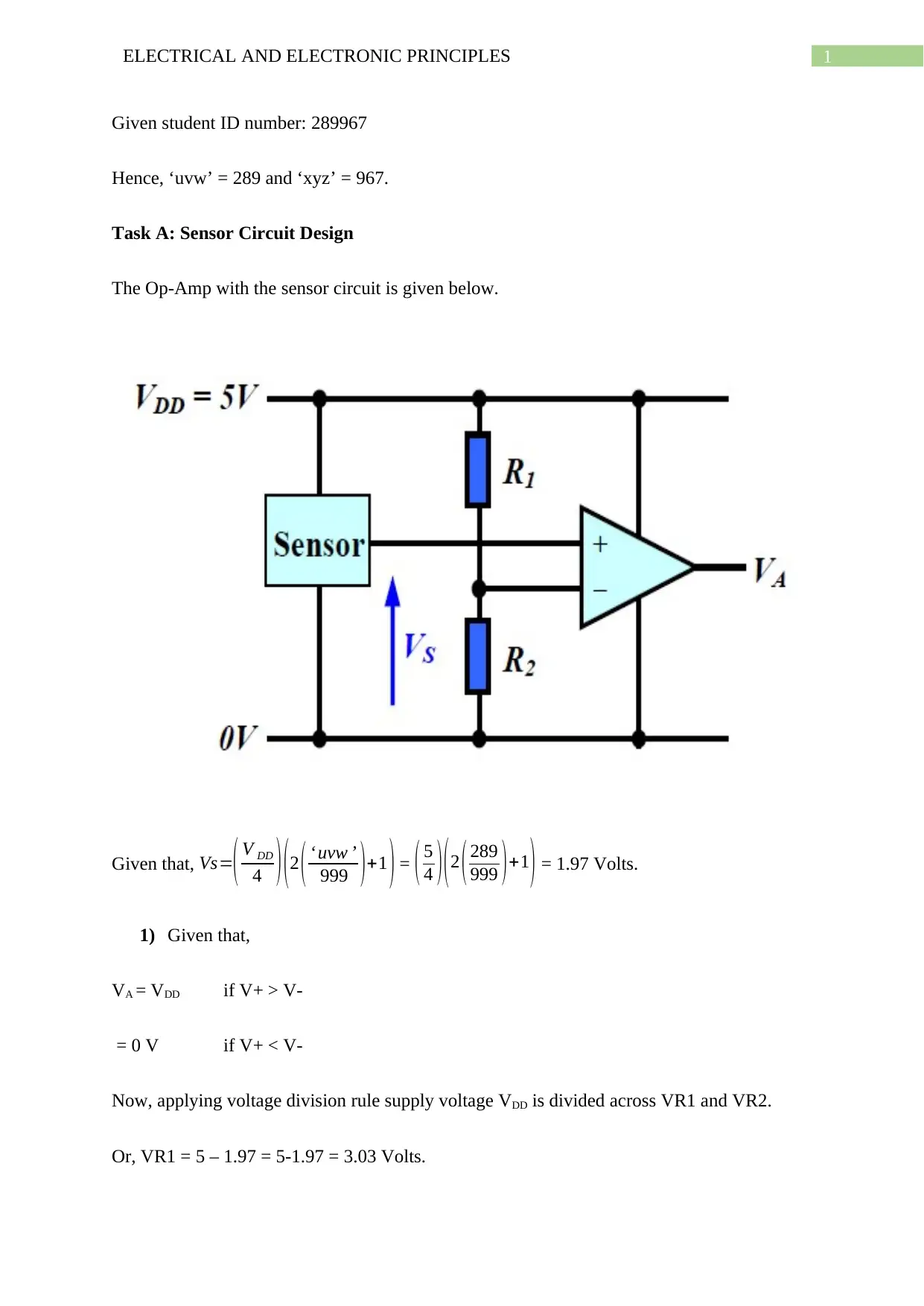
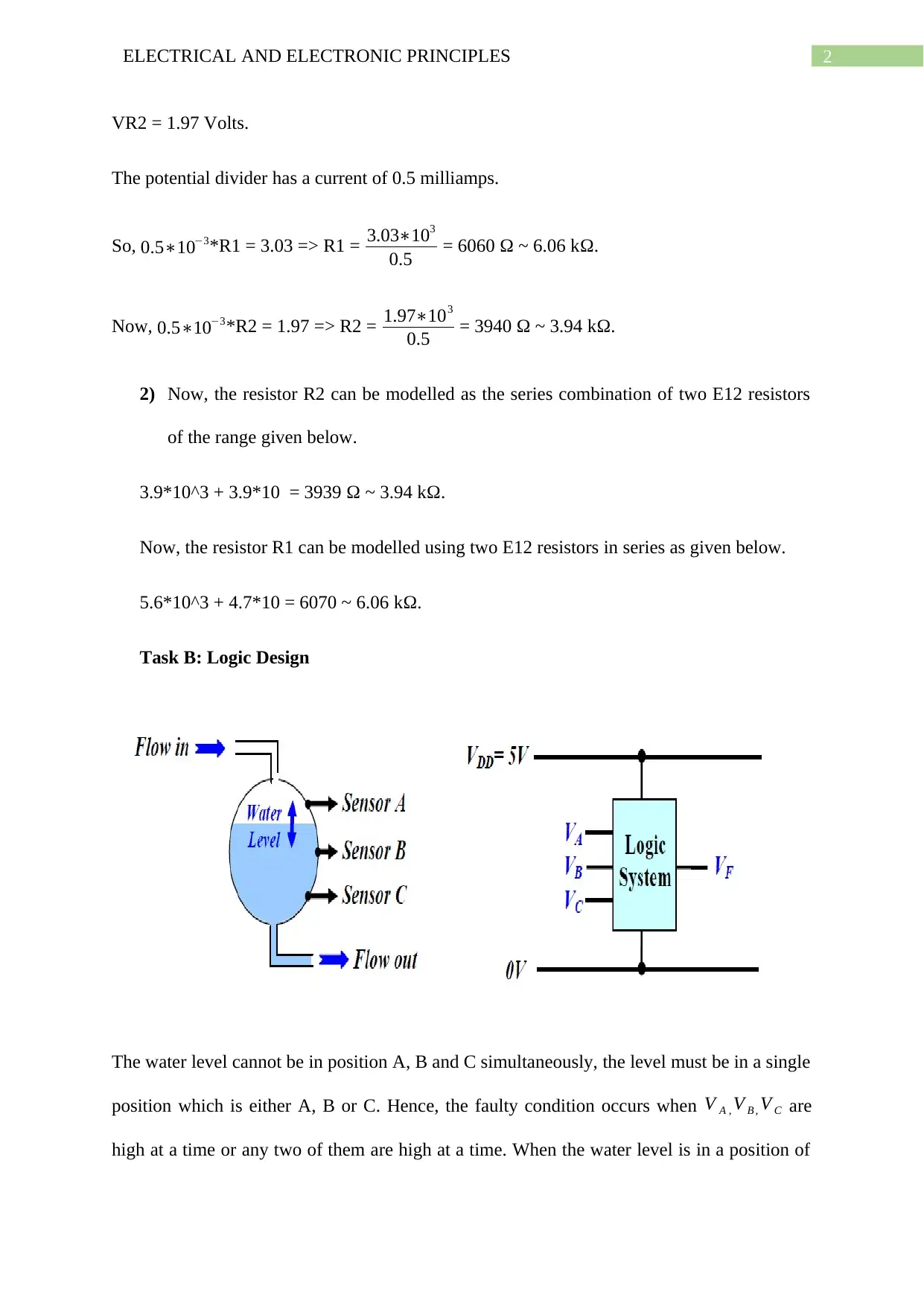

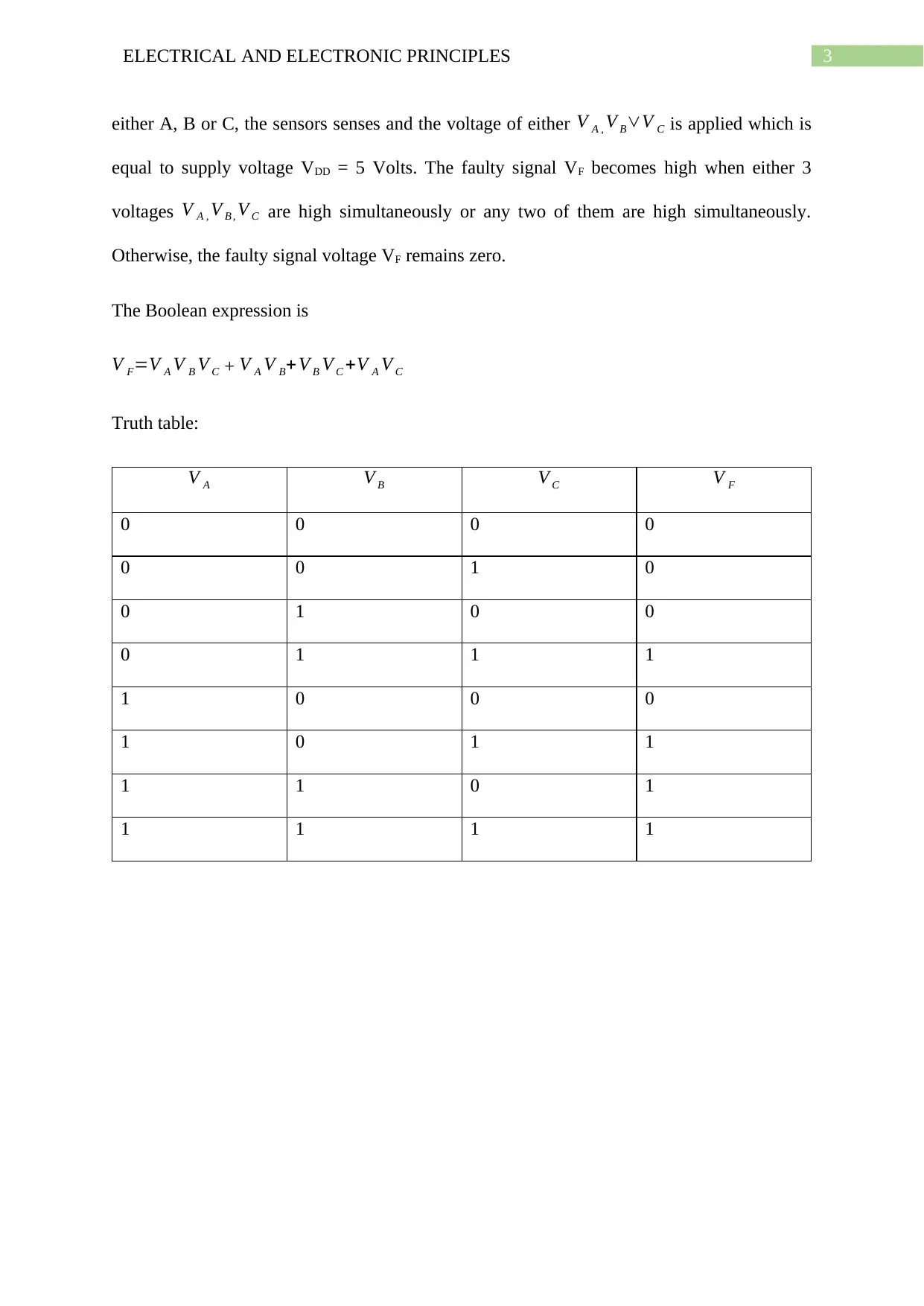
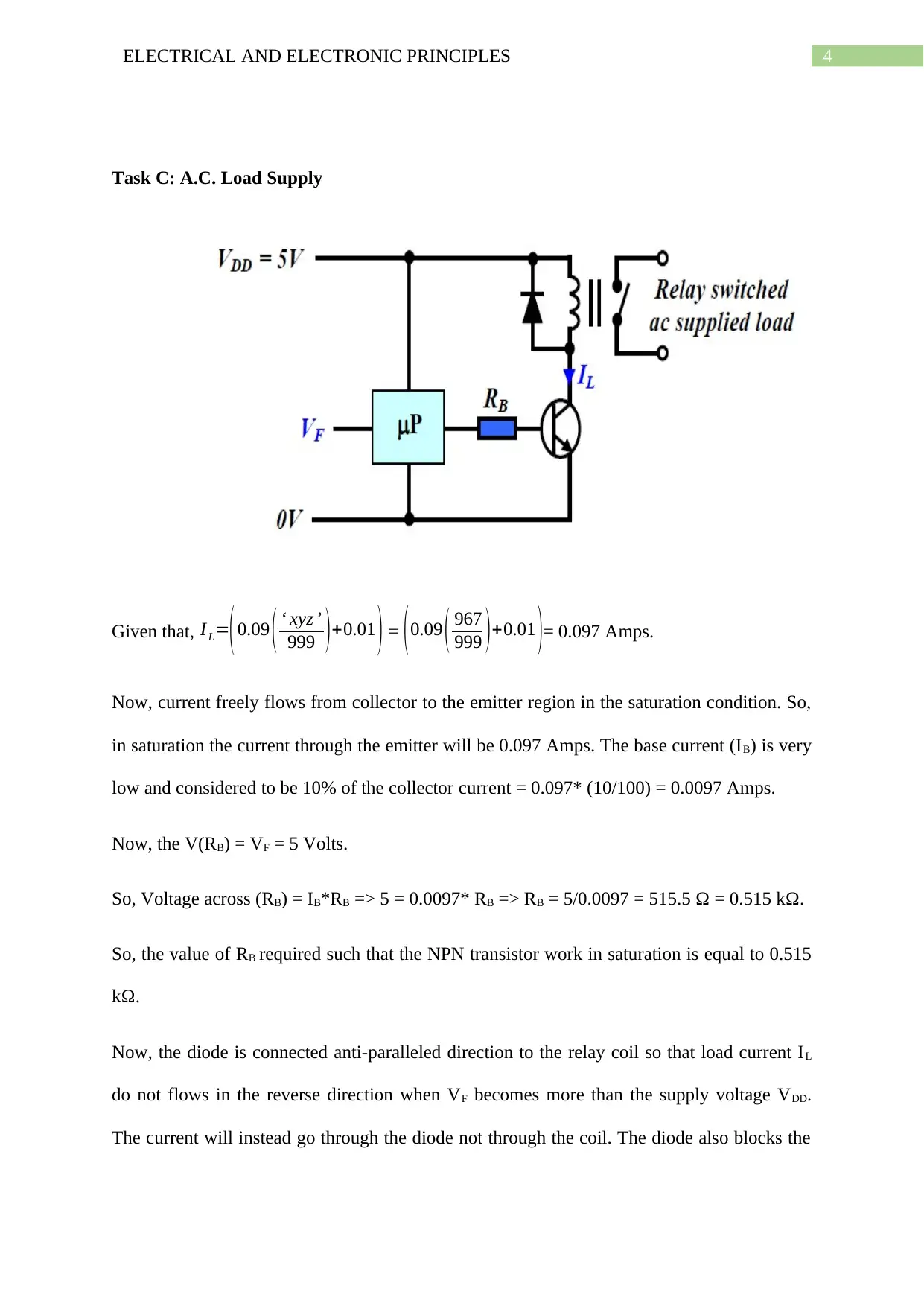
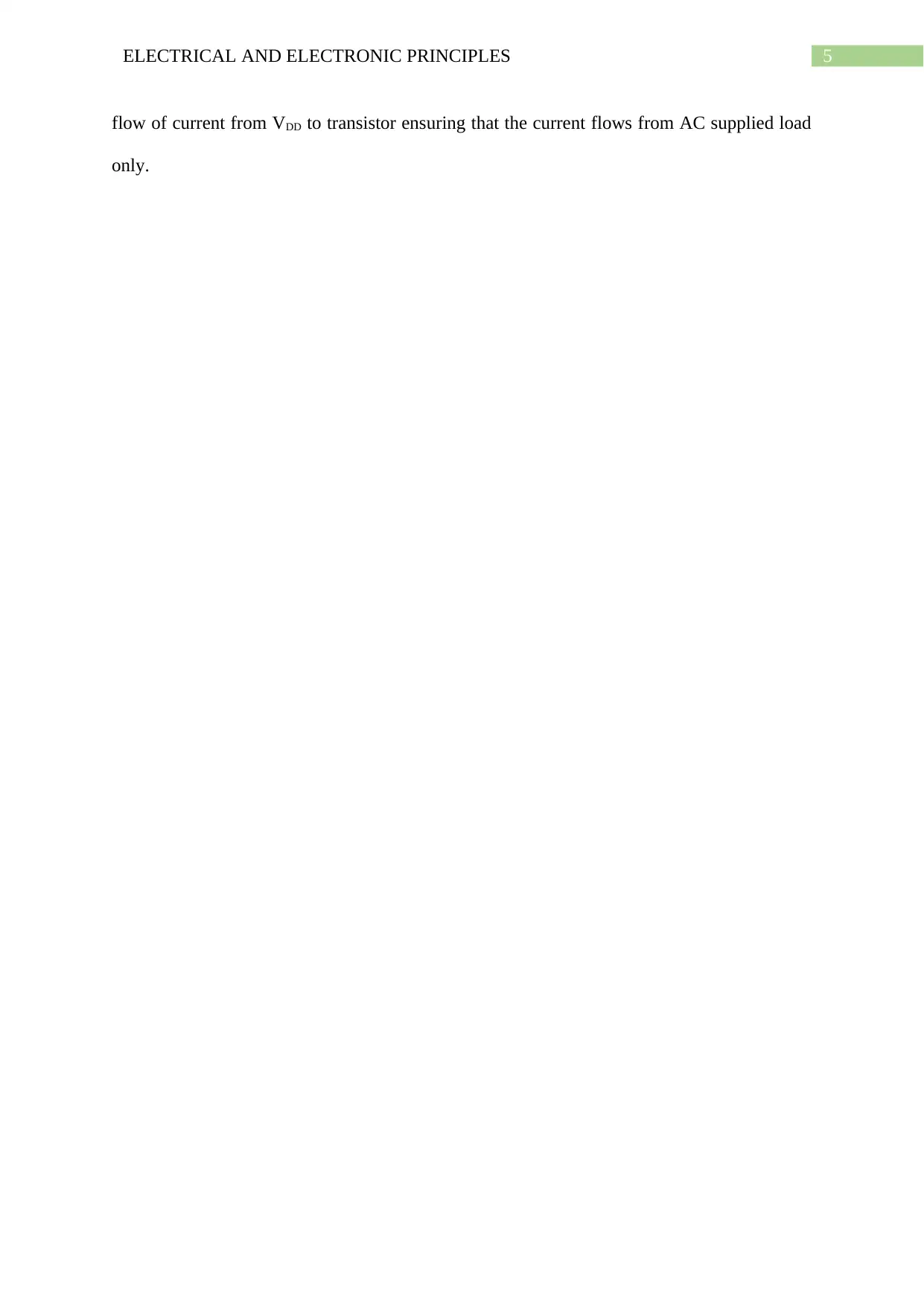





![[object Object]](/_next/static/media/star-bottom.7253800d.svg)